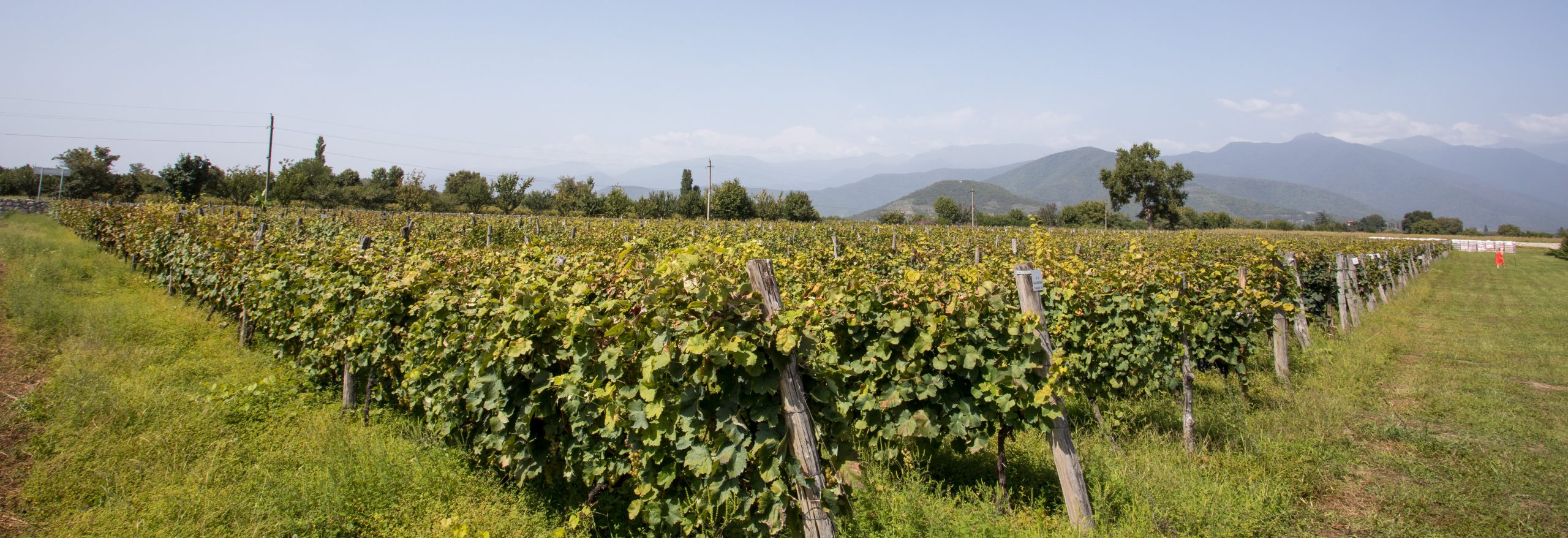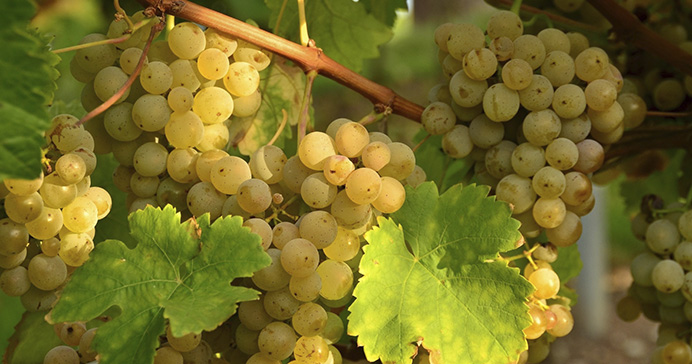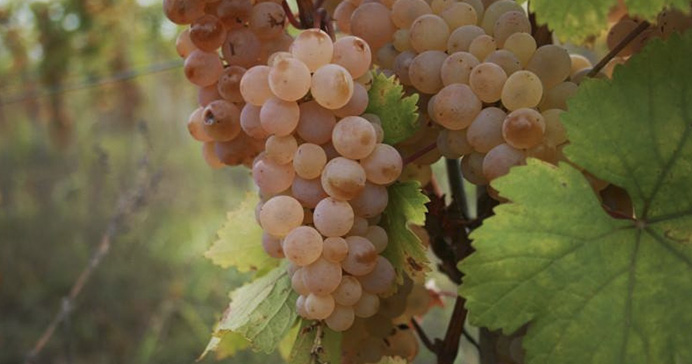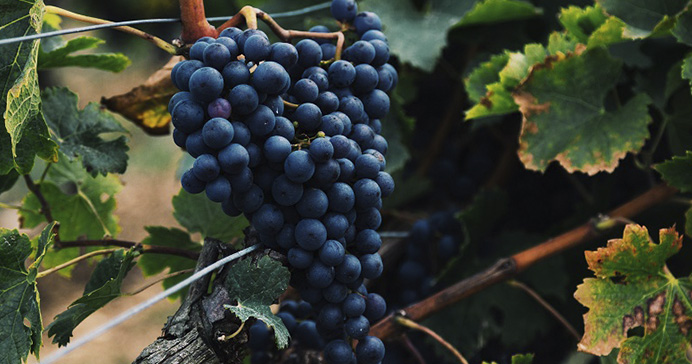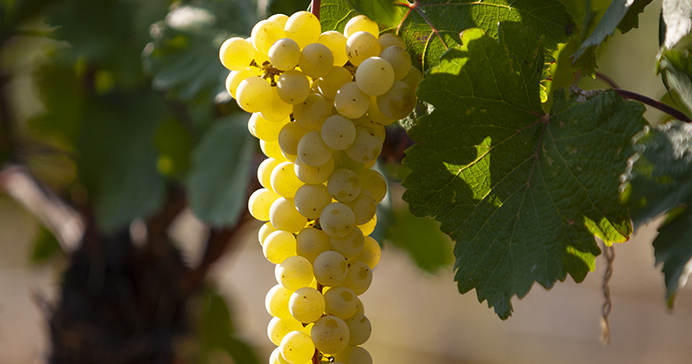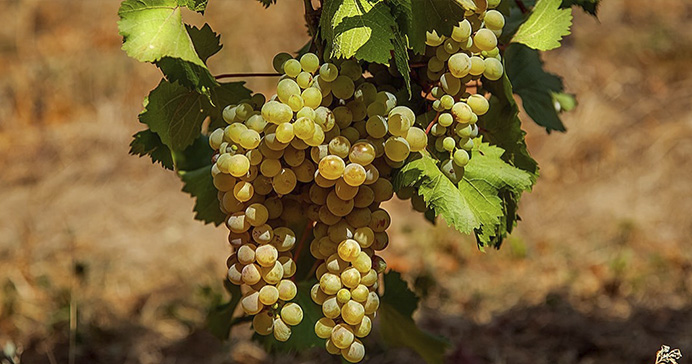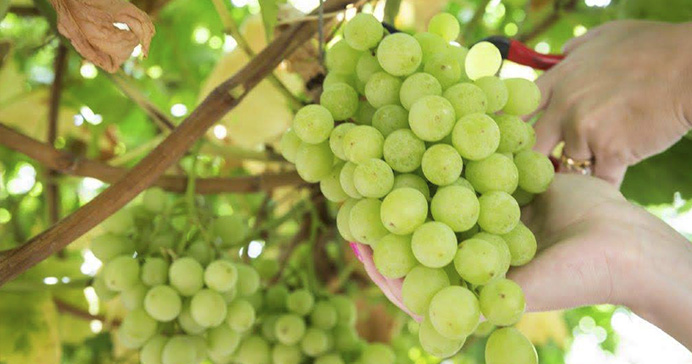Vineyard
Teliani Valley cellar is located in Telavi, Kakheti, which is a heart of Georgian winemaking. Our own vineyards are planted at a total surface of 700 hectares, mainly located in microzones. The particular position of the vineyards, the soil and the climat contribute to creating characteristic wines.
The entire winemaking process, bottling and ageing takes place here.
Georgia, Birthplace of Wine
- Capital: Tbilisi
- Area: 69,700 km²
- Population: 3.985 mln
8000 years
500 grape varieties
Racha-Lechkhumi
Racha-Lechkhumi is located in the north-eastern part of western Georgia. The natural conditions of the region contribute to the development of viticulture and production of rare Georgian wine. It is distinguished from other regions by the scarcity of vineyards and the rare grape varieties. Racha-Lechkhumi takes the second place in western Georgia in terms of vineyard area, therefore viticulture and winemaking is the main activity in this region.
Racha is divided into two parts: Lower Racha and Upper Racha. In Lower Racha or Ambrolauri district natural conditions are more conductive to the spread of vine culture and the production of high-quality products. Upper Racha or Oni administrative district is almost entirely mountainous, the climate is harsh and therefore the vineyards are cultivated in more protected valleys..
Aboriginal vine varieties are the most common in Racha-Lechkhumi district: Alexandrouli, Bujuretuli Tsolikouri, Tsulukidze Tetra, Dzelshavi, Usakhelouri and Orbeluri. Some of the most famous wines of Georgia are made in this region, like “Tvishi” , “Khvanchkara”, “Usakhelouri” etc.









